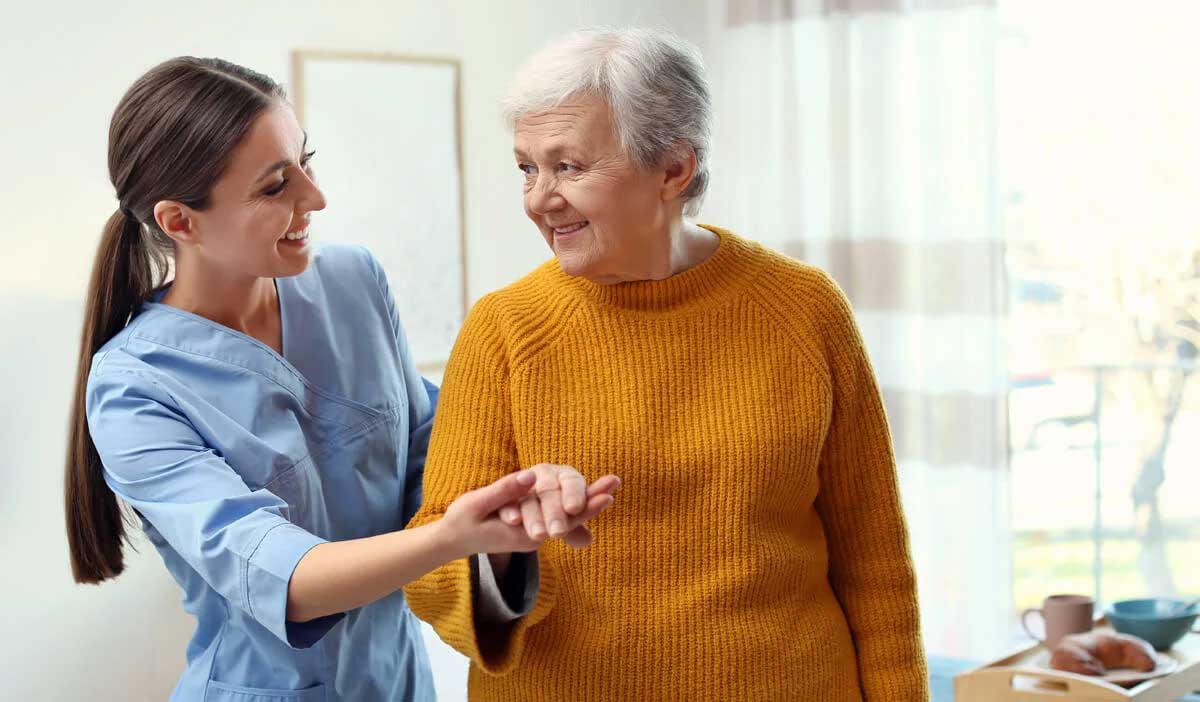As spring approaches, so does the beginning of spring and summer sports seasons. Student athletes will begin practicing and training for their upcoming season. It is up to the team and individual athletes to keep safety top of mind as they prepare for their season — but in time of accidents and injury, our team of certified athletic trainers are here to help.

Keeping safety top of mind
The National Athletic Trainers’ Association offers the following tips to athletes, parents, and coaches for safe practice and play this sports season:
- Make sure athletes are physically and mentally ready for the game. One of the best ways to ensure safe play is making sure the athlete wants to play. Athletes need to be physically ready through practice and strength training, but also mentally ready and excited to participate in the sport. This is also important for players who have been previously injured. Always make sure that they not only have healed fully from their injury, but are mentally ready to get back in the game.
- Get a sports physical. Before each school year, it’s required that athletes who plan on participating in sports have an updated physical. Physicals help determine an athletes readiness to practice and play, and also reveals conditions that may limit or prevent participation.
- Know your care team. Most schools have certified athletic trainers on the sidelines at athletic events in case of an accident or injury. Learn about your care team for the season, and the best way to communicate with them for safe play questions or injury concerns.
- Be mindful of the heat. Athletes that play sports in warmer weather months need about 14 days to acclimate to the temperature. The best way to ensure that athletes will be safe in the heat is to increase their heat tolerance and ability to exercise safely in the heat over a period of time. For coaches, keep an eye on athletes as they adjust to the temperature and be prepared to help them cool down safely.
- Use your head. Athletes need to report any head related injuries or symptoms (dizziness, loss of memory, extreme fatigue) to their coaches and athletic trainers immediately. Concussions must be carefully managed, and athletes should not continue play unless cleared by their medical team. Athletic trainers can carefully assess concussions and manage follow-up care to get you back in the game safely.
- Make sure equipment is clean and safe to use. Making sure equipment is safe and clean is the responsibility of coaches, players, and athletic trainers. Coaches should check equipment (field goals, turfs, flooring) to make sure there is no risk for injury. Athletes should be mindful of dirty equipment and should do their part in keeping it clean and safe. Athletic trainers should always check that their medical emergency equipment are in working order.
- Have a plan of action and go over it. Before any game (and even in practice), coaches and trainers should go over their emergency action plan in case of an accident or injury so that athletes can know what to expect. This helps to streamline care after an injury, and avoid any uncertainties. Don’t have a plan of action? Talk with your team to put together a plan of action so that when emergency strikes, you’re ready.
Most importantly, the best way to ensure safe play is to have everyone on the same page. This includes coaches, athletes, trainers, and parents. Open and ongoing communication can make all the difference in preventing and treating sports injuries.
Advice from our certified athletic trainers
At Logansport Memorial Hospital, our team of certified athletic trainers are equipped to provide student athletes with a wide range of services, including healthcare during practices and games, assessment and rehabilitation of sports injuries, and development of programs to reduce risk of injury. They also provide immediate care after an injury such as an ankle sprain, torn ACL, or muscle strain.
When it comes to safe practice and play, our athletic training team offered up this advice for student athletes:
Tyler Hudson, MAT, LAT, ATC
“If you are doing something and it hurts, modify the activity or move away from it. Don’t just push through — you will run the risk of injuring yourself more. And listen to your body! It will tell you when you need a break or when it is time to change things up.”
“To help prevent injuries during games and practices, it is very important to work in the off-season correctly and responsibly. This means taking the time to stretch, taking the time to heal when needed or do active recovery exercises, taking the time to learn proper lifting techniques and apply them, and taking the time to put in the work needed to prepare for your upcoming season.”
Sports Medicine at Logansport Memorial Hospital
At Logansport Memorial Hospital, we partner with local schools, sports teams, and other athletes to provide all-inclusive sports medicine care that’s close to home and convenient.
Our team of certified athletic trainers, physical therapists, board-certified orthopedic surgeons, and a foot and ankle specialist work together to create personalized treatment plans for bones, joints, muscles, and nerves.
Click here for more information about our sports medicine program and the services we can provide.
Looking to treat a sports injury?
You might also like:
- Patient testimonial: Sports Medicine
- Tips for participating in fall sports
- Patient testimonial: Sports Medicine




